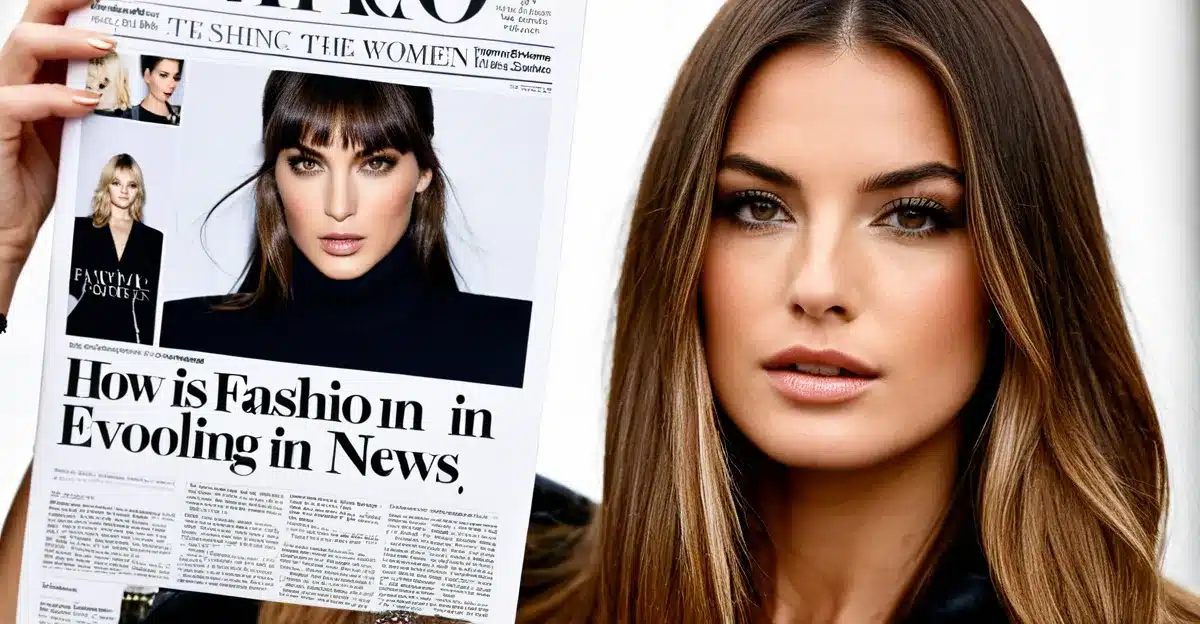Key Shifts in UK Women’s Fashion Reflecting Social Movements
The evolution of UK women’s fashion trends mirrors the growing emphasis on inclusivity, diversity, and gender equality. Designers and brands increasingly embrace a wider range of body types, ethnic backgrounds, and gender expressions, reflecting society’s push toward acceptance and representation. This shift moves beyond aesthetics, embedding social movements in fashion at the core of style choices.
Political activism and social justice campaigns have notably influenced clothing decisions. For example, garments featuring slogans or symbols linked to feminist and equality causes have become popular, serving as wearable statements that foster awareness. This interplay illustrates how fashion operates as a conduit for personal and collective identity aligned with activism.
Recent high-profile news stories have intensified public discourse around women’s rights and intersectionality, directly impacting fashion narratives. Women’s fashion is now a platform not only for self-expression but also for challenging norms and amplifying conversations on empowerment and equity. This cultural impact on style signals a more engaged, conscious consumer base, eager to align purchases with values. Designers responding to this demand highlight the cultural impact on style, paving the way for continued transformation in UK women’s fashion trends.
Sustainability and Eco-Friendly Trends in UK Women’s Fashion
The sustainable UK fashion movement is gaining remarkable momentum, driven by a growing consumer demand for eco-conscious clothing UK and ethical practices. UK media frequently spotlight the shift towards ethical fashion trends that prioritise organic fabrics, recycled materials, and transparent supply chains. This focus aligns with broader environmental concerns, encouraging brands to rethink production methods to reduce waste and carbon footprints.
Government policy changes have further reinforced this direction. Regulations now incentivise sustainable practices, compelling fashion companies to adopt greener operations. Consumers are also more informed and vocal, often choosing brands based on their commitment to sustainability.
Several UK brands exemplify leadership in this space by integrating sustainability into their business models. They champion fair wages for workers and use sustainably sourced fabrics, setting industry standards. This proactive stance not only enhances brand reputation but also contributes tangibly to a more ethical fashion ecosystem.
By choosing eco-conscious clothing UK, shoppers support a cycle that respects both people and the planet. This shift from fast fashion towards mindful consumption reflects a meaningful step forward for the UK’s garment industry—one that balances style with sustainability.
The Post-Pandemic Fashion Landscape: Comfort, Digital Influence, and Changing Consumer Behaviours
Since the pandemic, post-pandemic fashion UK has shifted decisively toward comfort and practicality. The surge in popularity of athleisure UK reflects a growing preference for versatile, comfortable clothing suitable for both home and casual outings. Loungewear has become a wardrobe staple, blending style with ease, meeting new consumer demands for functionality without sacrificing fashion.
Digital innovation has transformed shopping habits. The rise of digital fashion trends includes online shopping becoming a primary mode of purchase. Virtual try-ons and digital fashion shows are no longer niche; they’ve become essential tools for UK shoppers. This shift caters to those seeking convenience while maintaining a connection with the latest styles.
Women, in particular, now prioritise versatility and practicality in their wardrobes. This evolution means clothing needs to seamlessly fit various contexts—from video calls to outdoor exercise—mirroring the flexibility demanded in daily life. Such changes in the post-pandemic fashion UK scene have led designers and retailers alike to rethink their offerings, focusing on adaptable pieces that work across multiple settings.
By embracing these trends, the fashion industry aligns with emerging consumer values—comfort, digital accessibility, and multifunctionality in clothing remain central in today’s market.
Celebrity and Influencer Impact on UK Fashion Direction
The celebrity influence UK fashion scene continues to shape public tastes and market trends significantly. High-profile endorsements often spark immediate interest, driving influencer trends directly from red carpets and social media platforms into everyday wardrobes. For instance, viral fashion moments—such as a renowned actor’s bold outfit at a major awards event—frequently dominate news cycles and social feeds, swiftly inspiring consumers.
This dynamic results in a ripple effect: fashion inspiration UK enthusiasts eagerly adopt styles championed by celebrities and influencers, influencing retail buyers to stock similar items rapidly. The speed with which these trends move highlights how digital culture amplifies the reach and impact of celebrity choices.
Moreover, these fashion moments often emphasize specific styles or colors, which subsequently become staples in UK retail collections. Brands capitalize on this exposure by collaborating closely with influencers who can authentically present their collections, further fueling the cycle of consumer interest and sales.
Understanding the continuous feedback loop between celebrity-led inspiration and retail response provides valuable insight into the evolving UK fashion landscape. Consumer preferences remain highly responsive to these high-profile signals, making celebrity and influencer impact a critical driver of fashion trends nationwide.
Economic Challenges and Their Effect on UK Women’s Fashion Choices
Economic impact UK fashion is becoming increasingly significant as rising living costs influence how UK women shop. Inflation has pressured budgets, leading many to prioritise value-based shopping UK. This shift means consumers look beyond style alone, focusing instead on affordability and long-term use.
Cost-of-living fashion trends now show a clear rise in second-hand shopping, rental services, and upcycling. These options offer affordability without sacrificing style and are gaining traction across diverse demographics. Industry experts highlight this as a resilient adaptation to challenging economic times, reflecting a collective shift towards sustainable and economical choices.
Reports indicate that rather than cutting out fashion entirely, UK women are adapting their spending habits by embracing more sustainable practices. This trend blends financial prudence with eco-consciousness. Renting designer pieces or upcycling existing wardrobes not only stretches budgets but also reduces waste.
Overall, the economic impact UK fashion reveals a smart pivot, where value-based shopping UK meets innovative trends. Women are navigating economic challenges with savvy strategies that blend style, sustainability, and savings — proving that fashion can thrive even amid financial constraints.
